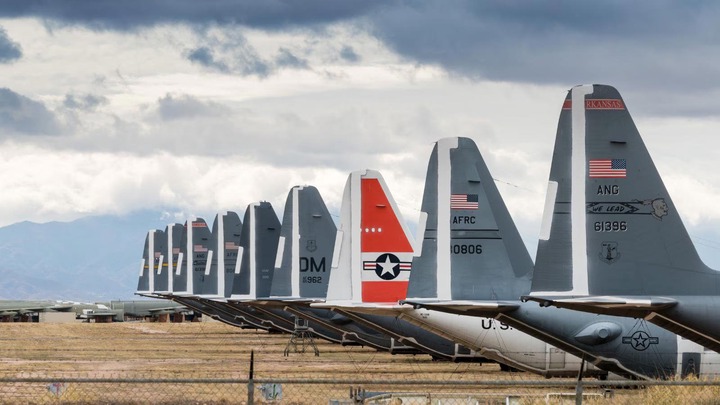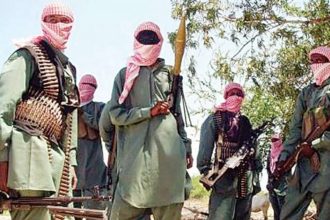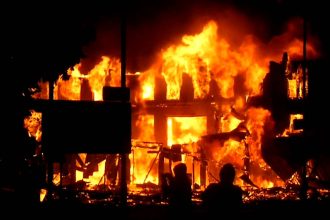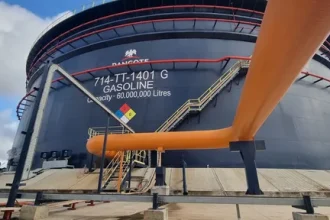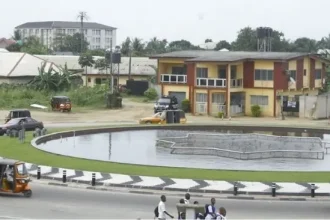In the latest World Directory of Modern Military Aircraft (WDMMA), which evaluates 103 countries and 129 air forces, some stand out for their operational strength, modernization, and tactical capabilities.
These air forces combine fighters, bombers, helicopters, and transport aircraft, with training, logistics, and coordination making them more effective than fleet size alone.
Here’s a look at the five most powerful air forces in 2025 and what makes them dominant players in global security.
The Top Air Forces in the World
1. United States Air Force
The US maintains a commanding lead thanks to its fleet of strategic bombers, multirole fighter jets, transport aircraft, tankers, and specialized mission platforms. Its dominance underscores the critical role of air power in modern warfare.
2. Russian Air Force
Russia’s air force continues to demonstrate significant operational reach and combat readiness, with a mix of advanced fighter jets, bombers, and support aircraft capable of global deployments.
3. Indian Air Force
Among Asian powers, India now ranks third, with a modern fleet that includes multirole fighters and helicopters, alongside domestic aircraft programs. Its balanced force structure allows flexibility in both combat and humanitarian operations.
4. Chinese Air Force
China retains a formidable fleet, slightly larger than India’s, with ongoing modernization and expansion programs. Its strategic investments reflect ambitions to enhance regional and global deterrence.
5. Japanese Air Force
Japan rounds out the top five, combining advanced fighter jets and air defense capabilities to ensure regional security amid growing geopolitical tensions.
Why Air Power Matters
Air power remains a decisive factor in global military strategy, influencing deterrence, rapid deployment, and operational superiority. Leading defense intelligence sources project global defense spending to rise by 3.6% in 2025, reaching $2.56 trillion, driven by modernization efforts and emerging conflicts.
Modern air forces increasingly combine imported technology with domestic production, emphasizing versatility, coordination, and readiness for both combat and non-combat operations such as disaster relief.

